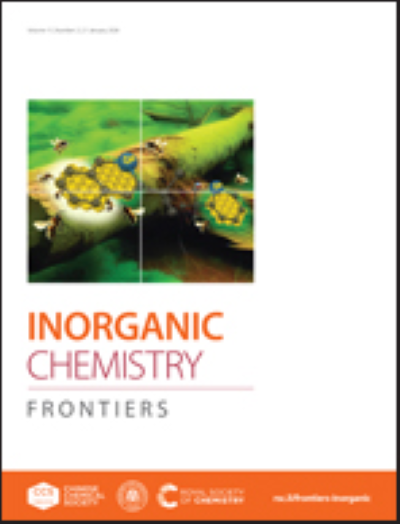Electrostatic Regulation of Zn2+ Ion Concentration on Electrodes and Its Impact on Electrochemical Performance
IF 6.1
1区 化学
Q1 CHEMISTRY, INORGANIC & NUCLEAR
引用次数: 0
Abstract
The solvation structure of electrolytes, particularly the distribution and composition of contact ion pairs (CIP) and solvent-separated ion pairs (SSIP), is a prominent focus in battery research, serving as a critical determinant for understanding and interpreting battery electrochemical behavior. In this work, a phosphate-enriched protective layer (ZAP) was fabricated on the Zn electrode via a simply displacement reaction to modify the adsorption properties of the Zn electrode, thereby influencing the composition of CIP and SSIP at the electrode-electrolyte interface. Experimental results revealed that the ZAP layer significantly reduced the overpotential for Zn deposition, particularly in low-concentration electrolytes and under high deposition currents. Through a series of characterizations and theoretical calculations, it was found that the ion concentrations at the electrode-electrolyte interface played a pivotal role in governing interfacial electrochemistry, surpassing the influence of the CIP-to-SSIP ratio in the bulk electrolyte. Moreover, the ZAP layer could effectively suppress side reactions and enhance cycling stability of batteries. This study introduces a simple and cost-effective approach for protecting Zn anodes and emphasizes the critical importance of interfacial ion concentrations in electrochemical analysis.求助全文
约1分钟内获得全文
求助全文
来源期刊

Inorganic Chemistry Frontiers
CHEMISTRY, INORGANIC & NUCLEAR-
CiteScore
10.40
自引率
7.10%
发文量
587
审稿时长
1.2 months
期刊介绍:
The international, high quality journal for interdisciplinary research between inorganic chemistry and related subjects
 求助内容:
求助内容: 应助结果提醒方式:
应助结果提醒方式:


